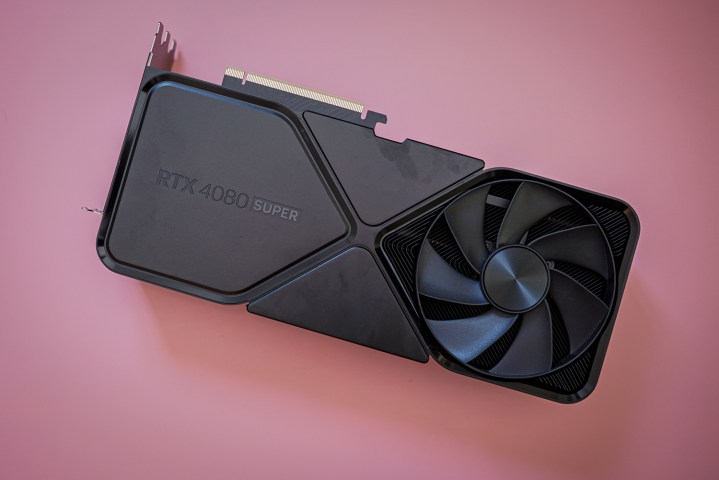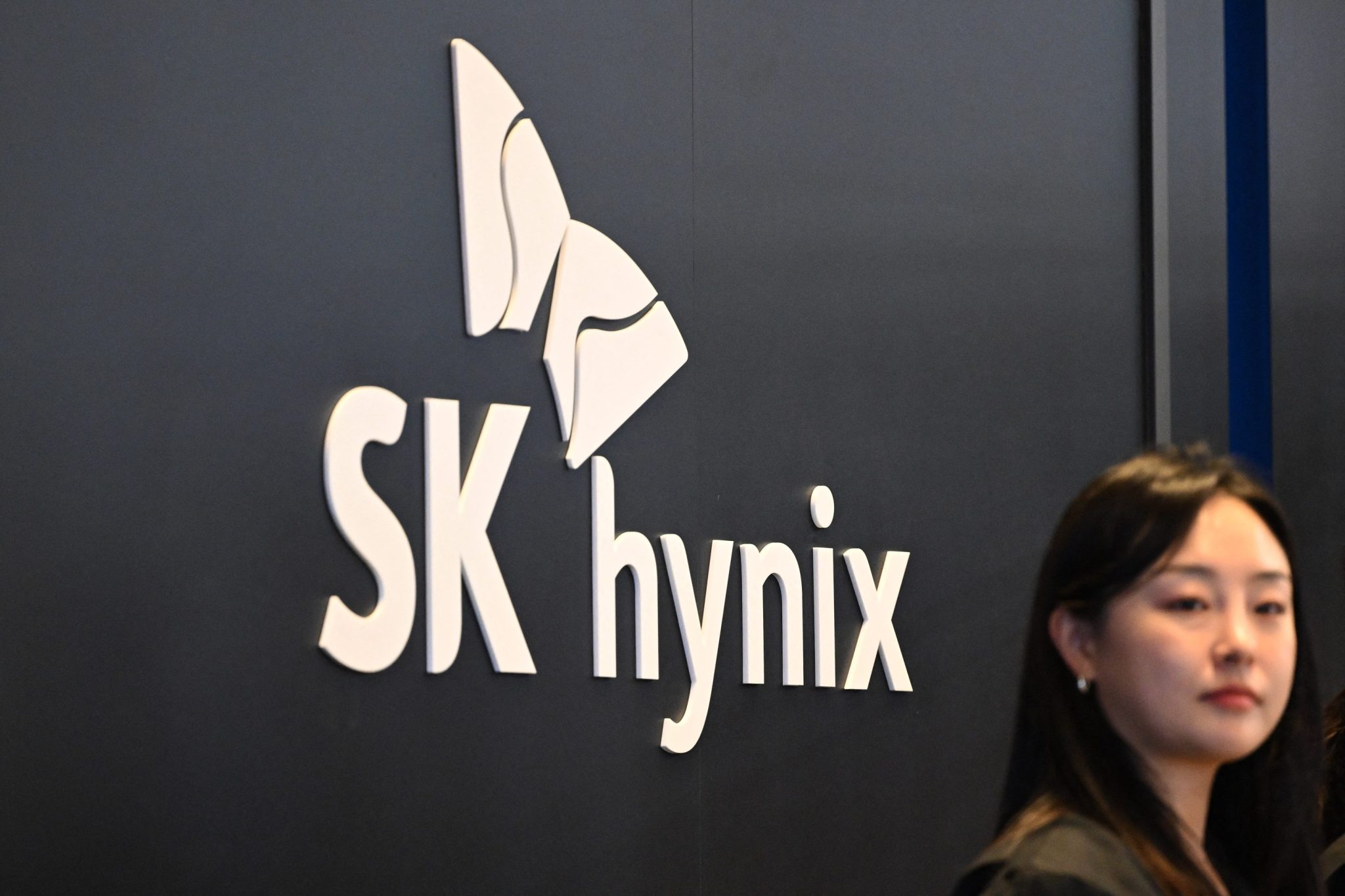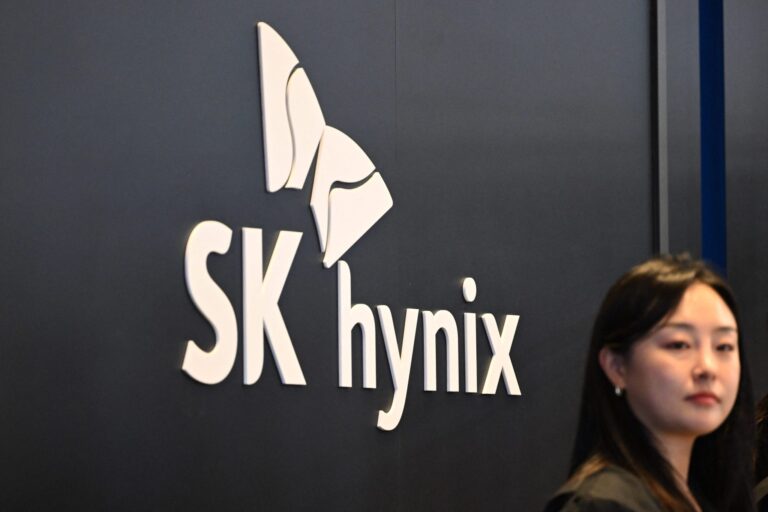Tech News
As a PC gamer, 2024 just made me sad
Fine, I’ll say it: 2024 wasn’t a great year for PC gaming hardware. I’d even go as far as to call it pretty lame. There were plenty of great PC games to enjoy, but when it comes to hardware, it felt like one big letdown.
A lot of my most anticipated launches ended up getting delayed, and most of the upgrades we got were a bit of a wet blanket. Here are all the various things that proved to be a disappointment in 2024, both to me and to many other PC gamers, but why I’m feeling hopeful for 2025.
The least impressive generation of CPUs in a while

Going into 2024, I had high hopes for both the big CPU releases that were slated to appear in the second half of the year.
AMD Zen 5 and Intel Arrow Lake both sounded interesting, but as their respective release windows drew closer, my excitement cooled considerably. Good thing, too, because — as it turns out — there just wasn’t that much to get excited for after all, at least not if you’re a gamer.
Ryzen 9000 came first, and spec-wise, these CPUs turned out to be very similar to Zen 4. On the whole, even AMD didn’t promise much of an uplift with Zen 5, and we know now that it was right to do so.
Some benchmarks end up with the last-gen counterparts actually being slightly faster, and many show that the two generations are fairly comparable. This only applies to gaming, though, as Zen 5 brought with it some really great improvements in productivity. But if you’re a gamer, that’s unlikely to matter to you all that much.

Gaming-wise, there’s really not much to write home about here. The Ryzen 9 9950X is only around 5% faster than its previous-gen counterpart, and up until recently, the Ryzen 7 7800X3D was still king. We now have the Ryzen 7 9800X3D that manages to change the disappointing Zen 5 narrative and deliver a performance uplift … but even then, it’s still just around 6% faster gen-on-gen. It’s better, but not massively (although it’s still the best processor for gaming).
Speaking of AMD’s X3D CPUs, we’re now at a point where they’re almost too excellent. Stock levels are low and prices are high. Right now, the 9800X3D cannot be bought on Amazon, and the 7800X3D costs $475. Considering that it used to sell for less, it’s a testament to its performance that it’s now right back to the price it started out with.
I’m done complaining about AMD, however. In fact, AMD had a good year if you compare it to Intel (which we do, because what else can one compare it to). Intel’s 2024 has been rough.

Constant Intel Raptor Lake instability problems took up the first part of the year. I don’t personally own one of these CPUs, but I know people who do, and no one loved having to wait for a fix that actually worked. Fortunately, it seems that months later, Intel managed to fix the problem — and the CPUs that didn’t get the patch in time are eligible for replacement, so that’s all good.
But then came Intel Arrow Lake, and while it seems largely free from any bigger issues, it’s also largely unimpressive for gamers. Again, this should come as no surprise, as Intel was clear that its goal was not improving performance but boosting efficiency, and there, the Core Ultra 200 series succeeded — but few PC gamers are chasing efficiency as much as frame rates.
In our own testing, we’ve found the flagship Core Ultra 9 285K to be comparable to the last-gen Core i9-14900K. Both are pricier than the Ryzen 7 7800X3D, and both can’t match the AMD chip in gaming performance. Great for productivity, sure, but not much to interest gaming audiences.

The same can be said about the rest of Intel’s Arrow Lake lineup so far. CPUs like the Core Ultra 5 245K and the Core Ultra 7 265K, which would typically be the go-to picks for gaming, just don’t quite cut it. Many reviewers point out that there are cheaper and better alternatives for gaming purposes, and they’re not wrong. Even Intel’s previous-gen counterparts are a better option here.
With lackluster releases from both AMD and Intel, 2024 was a pretty average year for gaming CPUs.
The GPU market was pretty dull

If you asked me in early 2024, I’d have told you that we’d see new graphics cards from AMD, Nvidia, and Intel all hitting the market during the course of the year. While that statement wasn’t entirely wrong, it turned out that we got much fewer GPUs than I thought, and only one of the manufacturers managed to pull off a new generation of cards in 2024. (Coincidentally, it was also the one I least expected. Go figure.)
Sure, Nvidia had the RTX 40-series refresh (which was, for the most part, a success) and AMD had the RX 7600 XT and the RX 7900 GRE, the latter of which is its best RDNA 3 GPU to date. But that’s not next-gen stuff, and as the year went by, the lack of updates started to feel a little disappointing.
Going into the year, leakers were united in their predictions that both the RTX 50-series and RDNA 4 (also referred to as RX 8000 series) would drop sometime in the third or fourth quarter of 2024. This made sense, as it’d have been two years since the initial launch of their predecessors, and both companies are on a two-year release cycle.
Come summer, most of us came to terms with the fact that, for some reason, both AMD and Nvidia decided to hold off on new releases — which made for a dull GPU market.

Prices were dropping and stock levels were mostly high for the first half of the year, so that was great, but there wasn’t much to look forward to for months. A lack of new GPUs also meant that gaming laptops throughout the year came with smaller improvements, so it all felt a bit like more of the same. I’ve resigned myself to what felt like a snoozefest of a year, and many PC gamers held off on upgrades until the new year.
It’s hard to say why both Nvidia and AMD decided to miss out on the lucrative holiday season with the sales of their new GPUs. At least in AMD’s case, stock levels are consistently high, but Nvidia is said to be ending production of nearly all of its RTX 40-series GPUs. This lack of abundance contributed to a Black Friday mostly devoid of great GPU deals.
As a graphics cards enthusiast, this year truly let me down — especially seeing as hardware requirements are seriously pushing for better GPUs, or should I say, GPUs with more VRAM as well as ray tracing capabilities.
Indiana Jones and the Great Circle marks just one example of games that call for a lot of VRAM and system memory alike, and with ray tracing playing a part, it’s hard to shake off the feeling that many gamers will soon be forced to upgrade. Fortunately, there’s one unexpected highlight of the year that bodes well for those on a tighter budget.
Light(s) at the end of the tunnel

It’s funny that the lineup I least expected to see in 2024 arrived with little warning and without much fanfare, but it’s also my favorite thing to hit the hardware market this year.
Intel’s Arc Battlemage is here, and although the leaks about the GPUs were few and all over the place, the real thing turned out so much better than any hardware tipsters could’ve ever predicted. Why? Because Battlemage isn’t just a huge improvement over the previous generation in pure performance but it also beats its Nvidia and AMD competitors in performance per dollar, which is such an overlooked, but also such an important metric.
The Intel Arc B580 is a $250 GPU that’s capable of playing games at 1440p. Even at 1080p, $250 is a steal by today’s standards. In our own testing, the B580 not only beats the last-gen Arc A750 by a massive 44% but it also beats Nvidia’s current-gen RTX 4060. In some games, the GPU even crushed the RTX 4060 Ti, which costs a whopping $150 more. The B580 also packs 12GB of VRAM — something that’s so important now, given that more and more games aren’t very well-optimized to run on graphics cards with limited memory.
I have to say that I’m thoroughly impressed by the Arc B580. Intel’s Arc Alchemist lineup had a rocky start, and its GPU business is small, but the B580 is looking like it’s going to be a hit. The card is already sold out in many places, so that proves that people are here for it, and that’s good news for Intel.

Aside from Intel’s surprise GPU hit, there are a lot more things on the imminent horizon that I’m feeling hyped for. Both AMD and Nvidia will unveil next-gen GPUs during CES 2025 in January, and that’s less than a month away. Those graphics cards will then roll out over the next few months, redefining the GPU market once again. It’s bound to be an exciting time for gamers — let’s just hope that these new GPUs aren’t too expensive.
Meanwhile, AMD will get another chance to woo gamers with new CPUs. I expect to see the Ryzen 9 9900X3D and the Ryzen 9 9950X3D shortly, and who knows — perhaps there’ll be more 3D V-Cache chips there, too.
One thing’s for sure: I don’t think that I’ll be writing another piece complaining about a boring year by the time 2025 comes to a close.
Tech News
SK Hynix dips after record profit misses lofty expectations

Nvidia’s main supplier of high-bandwidth memory posted an operating profit of $5.6 billion in the December quarter, after a 75% rise in revenue. Read More
Tech News
Jamie Dimon calls Elon Musk the ‘Einstein’ of our time—said they reconciled and ‘hugged it out’

The pair have had a testy relationship for nearly a decade. Read More
-

 Tech News1 month ago
Tech News1 month agoHow Costco’s formula for reaching uncertain consumers is pushing shares past $1,000 to all-time highs
-
Tech News1 month ago
Quentin Tarantino thinks movies are still better than TV shows like Yellowstone
-

 Tech News1 month ago
Tech News1 month agoInside the FOMC: Boston Fed President Susan Collins on changing her mind, teamwork, and the alchemy behind the base rate
-

 Tech News1 month ago
Tech News1 month agoTrump and members of Congress want drones shot down while more are spotted near military facilities
-

 Tech News1 month ago
Tech News1 month agoLego bricks have won over adults, growing its $10 billion toy market foothold—and there’s more to come
-

 Tech News1 month ago
Tech News1 month agoXi Jinping urges Macau, the world’s largest gambling hub, to diversify away from casinos
-

 Tech News1 month ago
Tech News1 month agoNancy Pelosi has hip replacement surgery at a US military hospital in Germany after falling at Battle of the Bulge ceremony
-

 Tech News1 month ago
Tech News1 month agoHundreds of OpenAI’s current and ex-employees are about to get a huge payday by cashing out up to $10 million each in a private stock sale




